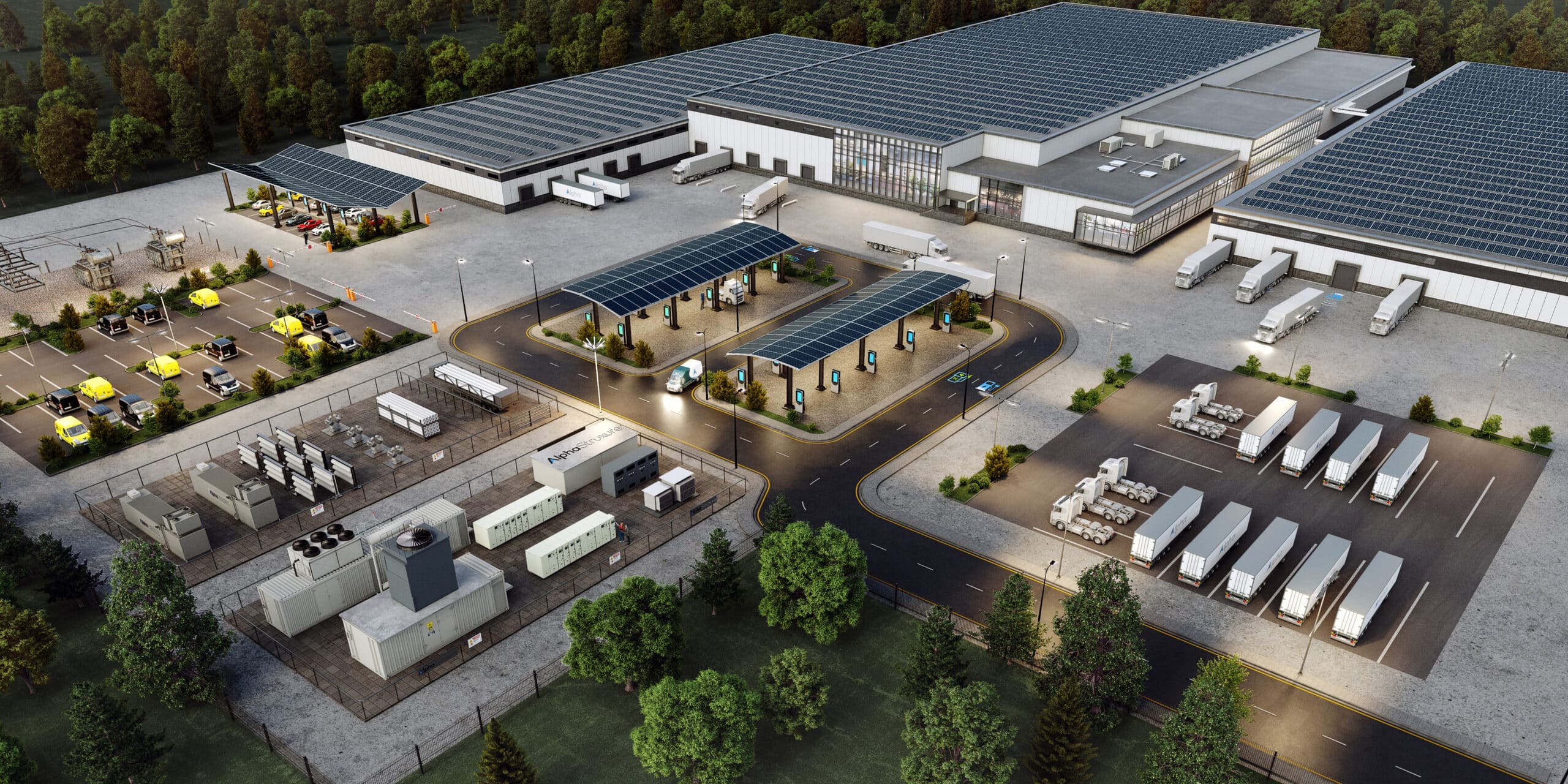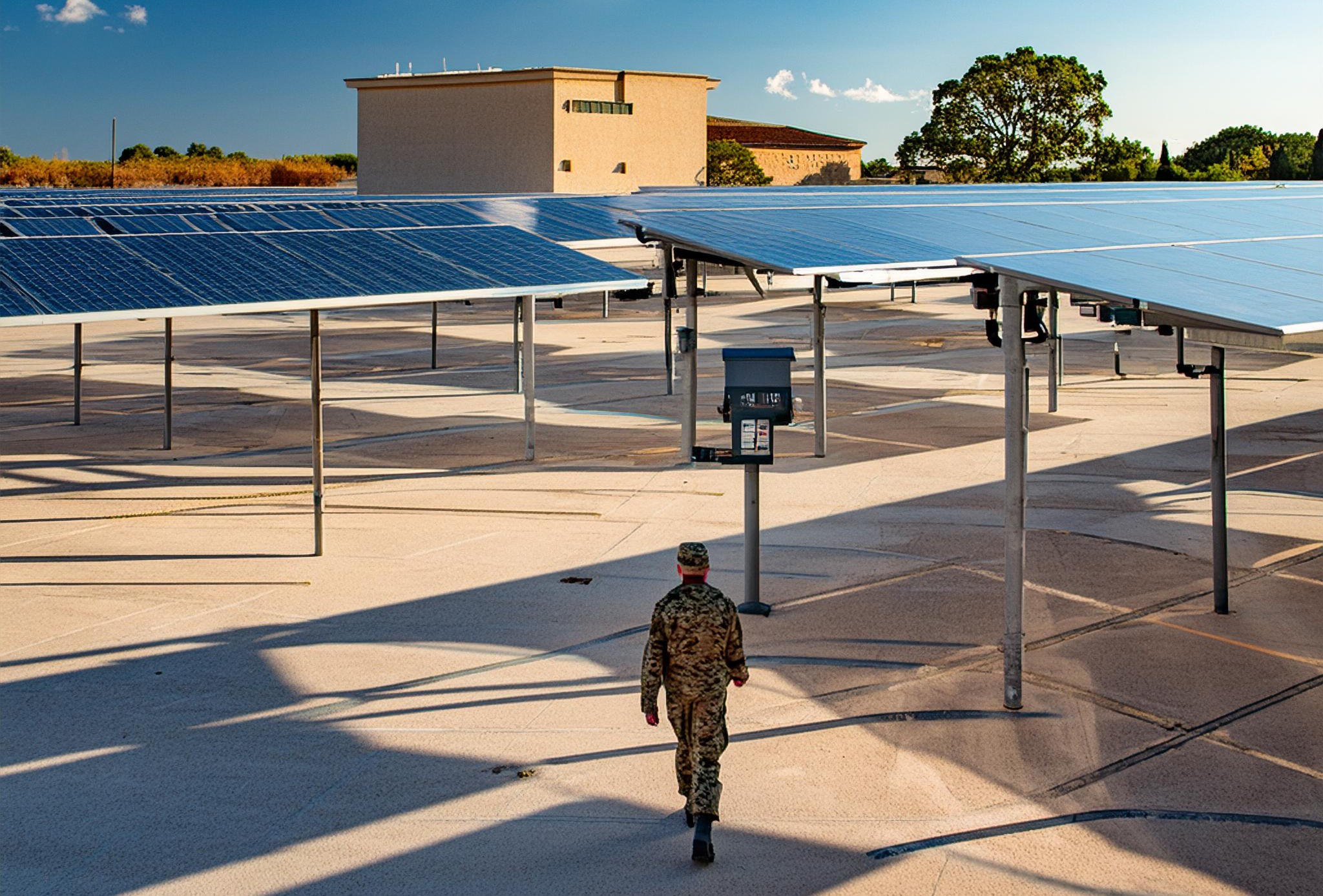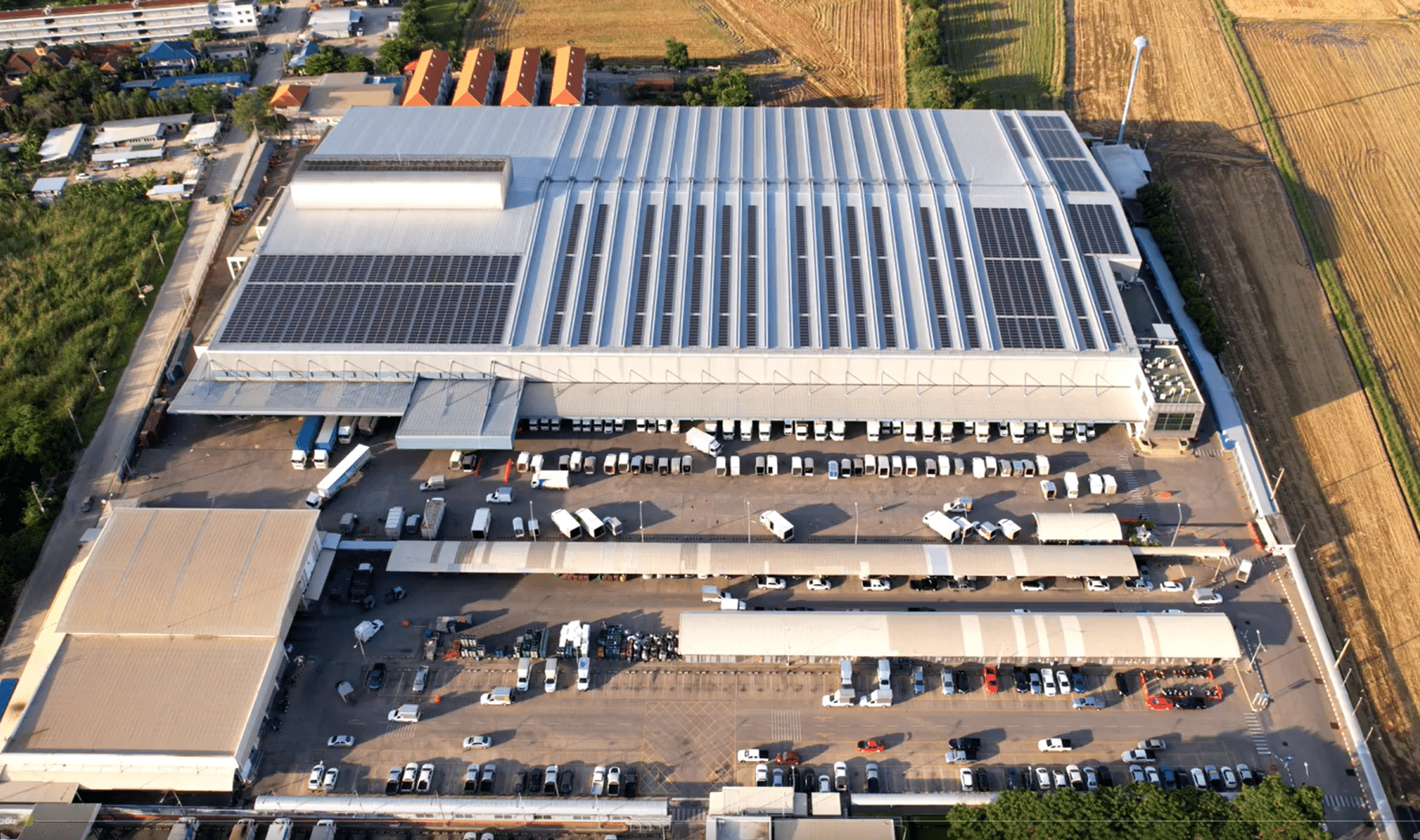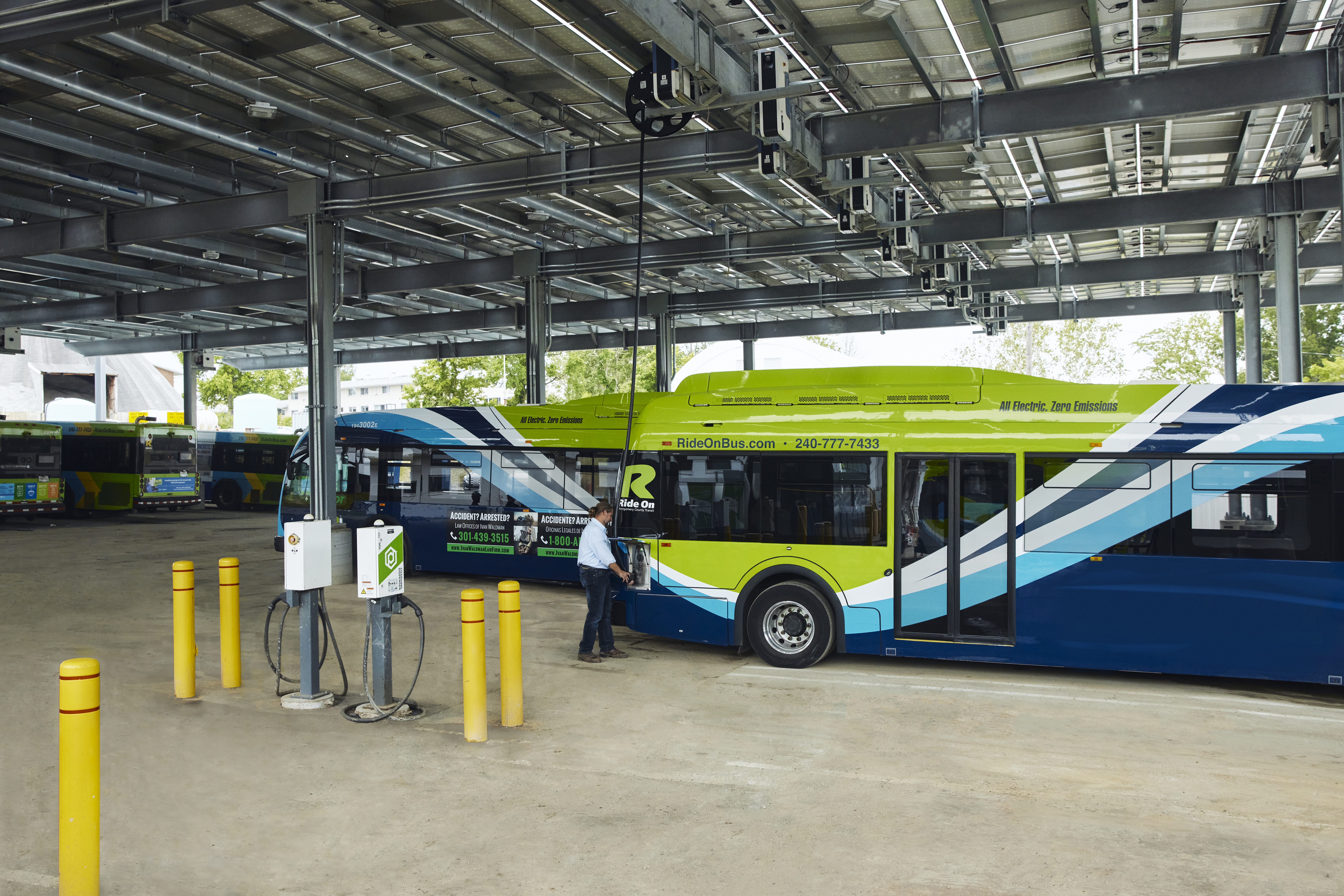Distributed energy resources, or DERs, can do a lot to meet your business’ unique energy needs efficiently, reliably, and with the level of resilience you need.
Integrated DER systems like microgrids are designed to complement, supplement, or even replace traditional electrical systems and grid reliance. They’re small-scale energy distribution and storage technologies that localize power supplies right to where the energy is needed.
DERs deliver energy when and where you want it in a range of ways, helping:
- Control costs
- Prioritize sustainability
- Boost reliability and resilience
Let’s take a closer look at the most popular types of DERs, their place in the scheme of microgrids, and their ability to boost a facility’s energy resilience.
1. Diesel generators
Diesel generators are considered the current standard for emergency backup power. They start up quickly to power emergency circuits that serve critical loads, such as emergency lighting and fire protection.
The downside to these assets is limited fuel, runtime, and often the inability to serve non-emergency loads. Moreover, diesel engines and fuel tanks occupy valuable space despite being rarely used, and their emissions can be undesirable from a sustainability perspective. However, in combination with other DER assets on this list, diesel generators can help supply continuous resilient power.
2. Load control systems
Load control centers with programmable smart logic help to optimize the balance between on-site power generation and facility power demands. The control center sees facilities through outages seamlessly, maximizing essential loads served during outages.
Most facilities with minimal on-site back-up power can only run emergency circuits with critical loads. A fully integrated load control system allows them to:
- Optimally size additional DER assets
- Maximize the current on-site emergency generation
- Ensure critical and preferred loads are served
3. On-site thermal generation
Natural gas-fired generation helps fuel resilient microgrid designs by providing on-site power from gas-fired engines or turbines. These assets provide electrical power and act as an efficient combined heat and power (CHP) asset for thermal energy, too.
While gas-fired assets are most efficiently operated at a steady load (or base load), they can also operate in load-following mode to fill in gaps in generation. They can be configured to run a variety of gaseous fuels including Renewable Natural Gas and Hydrogen making them a more sustainable option as well.
4. Batteries
Batteries are critical components in a resilient microgrid design because they can:
- Discharge stored power during periods of outage
- Provide seamless transition from grid power to back-up power
Batteries prevent facilities from experiencing power losses and helps businesses avoid a potentially time-consuming restart processes or damage to sensitive electric equipment.
On-site batteries are also highly responsive assets that fill in energy peaks and valleys in demand. This ensures stability and power quality during extended utility outages.
5. Solar/wind
While solar photovoltaics (PV) and wind are mostly thought of as sustainable energy sources, their ability to provide power during peak demand times can also help firm up other energy assets.
Solar PV and wind can also extend the ability of batteries and diesel generators to provide power to a site during an extended outage.
6. Absorbers
Absorbers are chillers that operate on thermal sources of energy, including:
- Gas
- Exhaust
- Steam/hot water
- Waste heat
By operating on an alternate source of energy, these assets can lower power demand during outages and provide cooling to facilities with minimal use of electrical input. When used in combination with a CHP system, absorbers also provide an additional handle to control the electrical demand and increase a microgrid system’s stability.
7. Fuel cells
Fuel cells are a type of DER asset that produces clean energy by using chemical energy. They can be considered another natural gas-fired generation energy source.
Fuel cells have the potential to run exclusively on hydrogen, which allows for greater fuel flexibility in adding resiliency. These DER assets can operate at base-load or in load-following mode, depending on the type of fuel cell.
8. Thermal electrification
Like absorbers, thermal electrification of boiler assets with heat pumps or electric boilers adds another level of fuel flexibility and resilience to facilities.
Combined with other electrical generation assets, a right-sized system can operate independent of any utility electric or gas needs. This is especially important for facilities without reliable fuel sources.
9. On-site fuel generation and storage
On-site fuel generation involves creating fuel sources directly at a facility with the goal of becoming self-sustaining and more resilient. There are three main ways to generate fuel on-site:
- Digestion
- Pyrolysis
- Electrolyzers
Both digestion and pyrolysis require sources of organic waste to create a carbon-based fuel. Electrolyzers use water and electricity to make hydrogen fuel.
Storing fuel on-site means having quick access to it anytime. Adequate fuel storage in the form of liquefied or compressed natural gas, propane, hydrogen, or diesel fuel can allow any generation asset to extend its runtime and boost the resilience of a facility.
10. Thermal storage
In addition to the traditional low temperature thermal energy storage tanks utilized by tradition buildings to mitigate peak demands. Both electrical and thermal energy can be stored at high temperatures utilizing solid or liquid storage medium such as concrete or molten salt.
Thermal storage adds resilience to the thermal energy systems at a facility. As long-term, high-temperature energy is stored, it can be utilized during equipment outages. The stored thermal energy can even be utilized to generate power or run an absorber increasing the thermal and electrical resilience of a facility.
The crucial role of each DER
The incorporation of distributed energy resources (DERs) into your facility can revolutionize your energy resilience. From traditional diesel generators and load control systems to state-of-the-art on-site fuel generation and thermal storage systems, each DER can play a crucial role in ensuring continuous power supply during outages. All of these assets can contribute to self-sufficiency and enhanced resilience. Utilizing the ASX Integrate platform to manage existing and new DER assets during reliability events ensures an optimally resilient response, keeping your facility operational in the most cost effective manner.
To discover which DERs are best suited to add an extra layer of resilience for your facility, reach out to us at info@alphastruxure.com or leave a comment below.
Are you curious to uncover the financial implications of power outages and learn practical solutions to avoid them? Check out this blog, “How Much Does a Power Disruption Cost Your Facility?”




